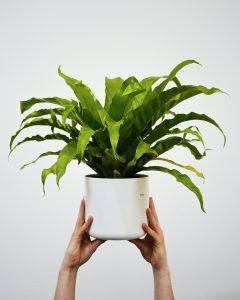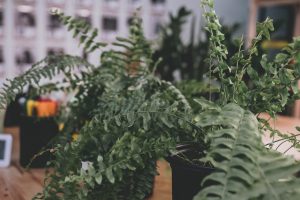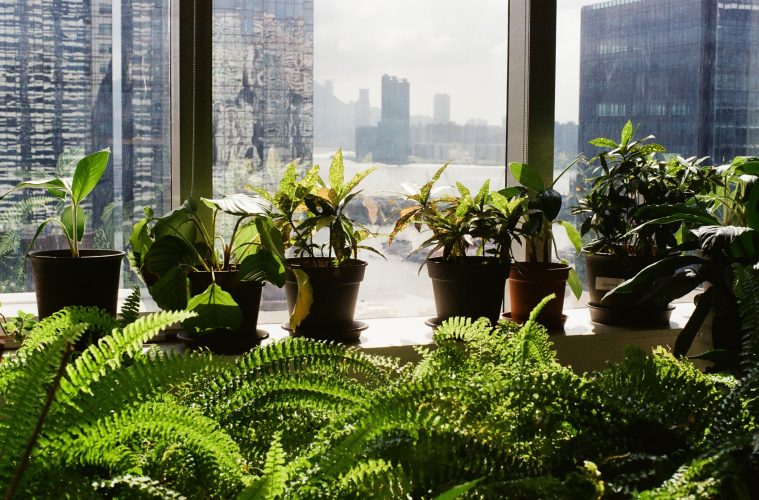Labelled Pteridomania, the Victorian fern craze swept England and snuck its way into every facet of design. According to museum curator Peter Boyd, botany in Britain was in its prime in the early 19th Century.
Studied far less than other flowering plants at that point in time, interest in ferns exploded, filtering out into other areas of life, Entrenching itself in British culture by 1850, the craze spread around the world, reaching North America and even Australia.
Today ferns are just as popular for use indoors and out.
They have an unfortunate reputation as difficult plants but as long as they’re placed in the right environment, they are just as easy to care for as other houseplants.
High humidity and warm temperatures are a must, achieved by keeping them in specific rooms such as bathrooms and kitchens. They need consistently moist soil to thrive and don’t mind being placed in moderate to low light.
With a regular fertilising schedule and consistent watering routine, you should have no trouble keeping them happy for years to come.
4 best ferns to grow indoors and how to care for them

Bird’s nest fern
1. Bird’s nest fern (Asplenium nidus)
Medium light that is consistent during the course of the day is best for the bird’s nest fern. They like steamy atmospheres, and so they do exceptionally well in the kitchen or in the bathroom.
To get them to grow big and bushy, you’ll need to mist it regularly. If you don’t have time for that, you can keep them in a terrarium.
2. Boston fern (nephrolepis exaltata)
Boston ferns also known as sword ferns should remain in bright, indirect sunlight away from doors that bring in drafts and vents that usher in heat. Boston ferns flourish in humid environments like the bathroom or kitchen. You can also use a humidifier or you can mist it regularly.

Image credit: Pexels
3. Kangaroo paw fern (microsorum diversiform)
Kangaroo Ferns enjoy medium to bright light to thrive. Make sure the soil is moist. Kangaroo Ferns can withstand occasional bouts of dryness but avoid the soil from drying out.
4. Crocodile fern (microsorum musifolium)
Keep your crocodile fern in bright, indirect to low light. Rotate your plant once or twice a month to ensure that the plant grows evenly.
ALSO SEE:
Feature image: Unsplash

